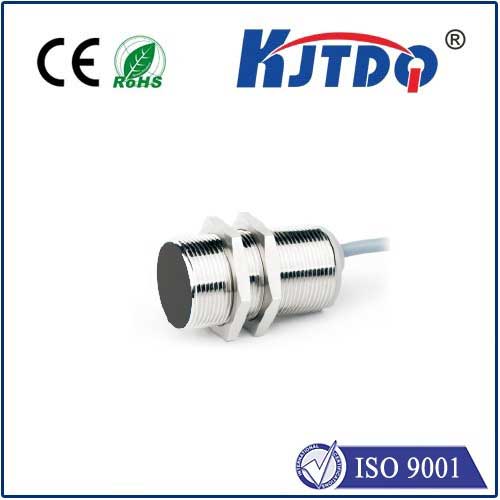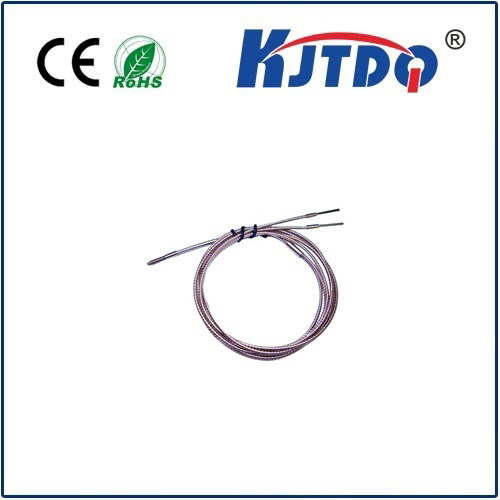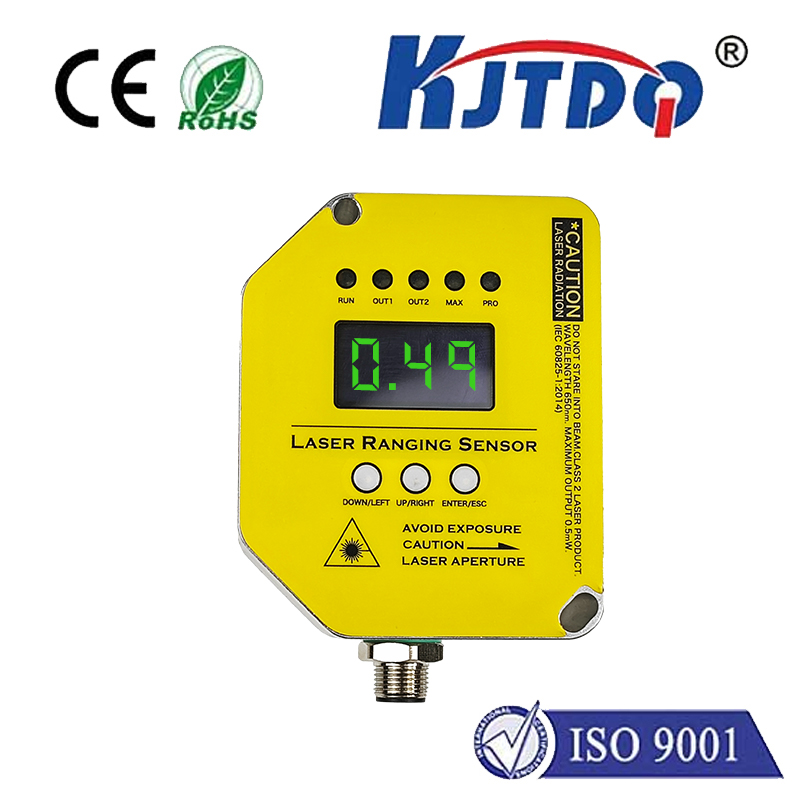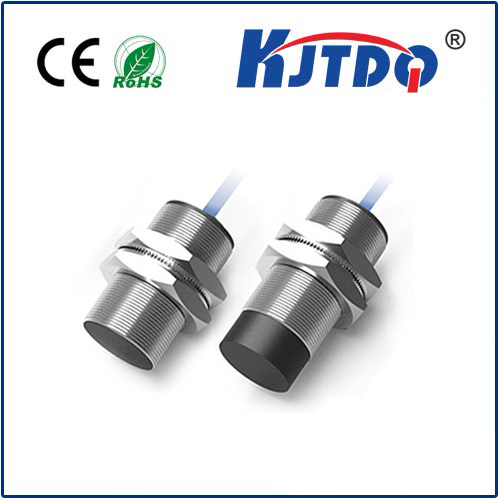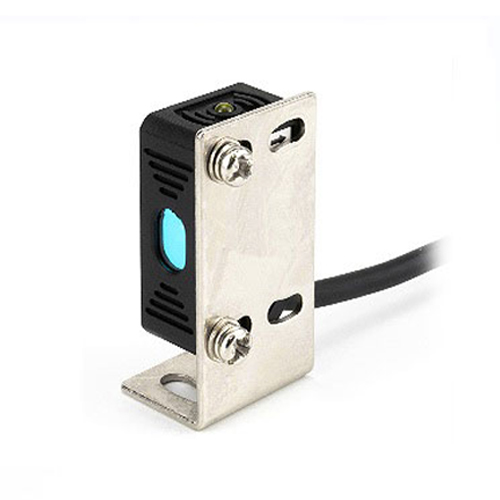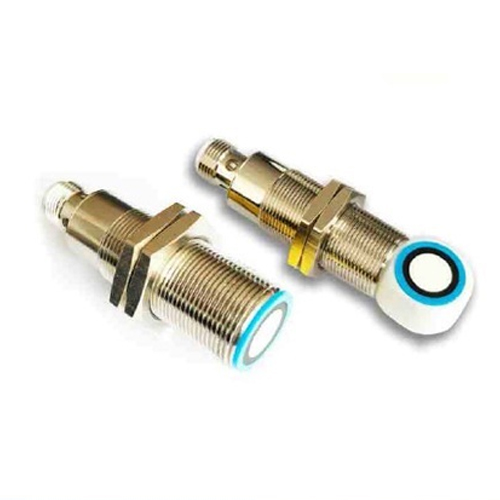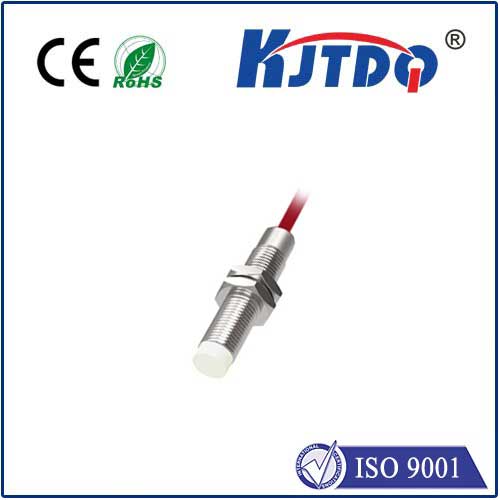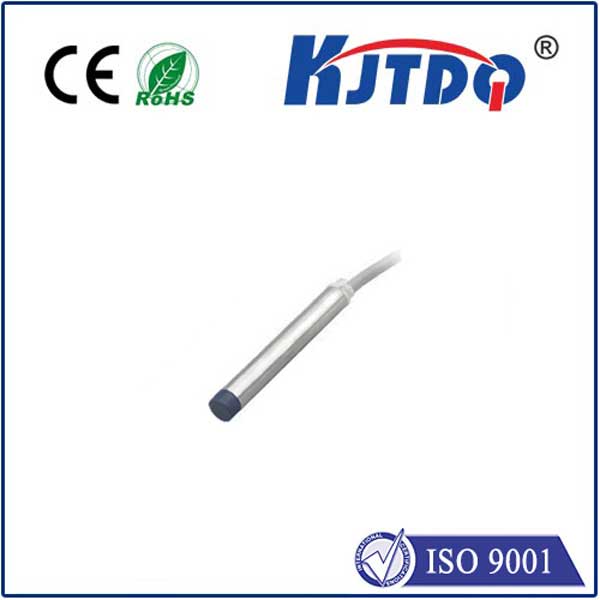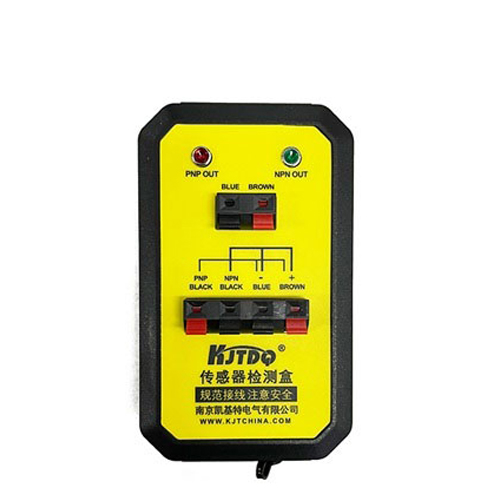light curtain sensor
- time:2025-09-11 05:58:57
- Click:0
Unseen Protectors: How Light Curtain Sensors Revolutionize Workplace Safety
Imagine a scenario: A high-speed robotic arm swings with incredible force, capable of performing intricate tasks but equally capable of causing catastrophic injury. Nearby, a worker needs to reach into the operational area to adjust a component. How is this interaction managed without tragedy? The silent, invisible shield standing guard is often a Light Curtain Sensor.
What is a Light Curtain Sensor?
Far more sophisticated than a simple beam breaker, a light curtain sensor (often called a safety light curtain) is an electro-sensitive protective device (ESPD). It creates an invisible grid or “curtain” of parallel infrared light beams across an access point, doorway, perimeter, or hazardous zone. These aren’t just single beams; modern curtains can have dozens or even hundreds of closely spaced beams providing dense coverage.
How Do Light Curtain Sensors Work?
The fundamental principle is elegant:

- Emitter: One unit projects multiple tightly focused infrared light beams.
- Receiver: A corresponding unit, precisely aligned opposite the emitter, detects these beams.
- Continuous Monitoring: The system constantly checks if every single beam in the curtain is uninterrupted and reaching the receiver. Any break in even one beam within the detection zone triggers an immediate signal.
- Safety Signal: This signal is sent directly to the safety circuitry of the guarded machinery—typically a machine’s control system or safety relay. This triggers a controlled stop or prevents the hazardous machine motion from starting. Crucially, this shutdown happens before the intruding object (like a hand) reaches the point of danger. This concept, known as minimum safety distance, is fundamental to their design and implementation standards.
Where are Light Curtain Sensors Essential? Their Key Applications
Light curtains offer versatile protection across countless industrial and automation settings:
- Machine Guarding: Replacing physical guards that can impede access and workflow. They safeguard press brakes, stamping presses, robotic cells, automated assembly lines, injection molding machines, and packaging equipment. Workers load/unload materials or perform adjustments safely, knowing the machine will halt instantly if they enter the danger zone.
- Perimeter Protection: Securing large areas around hazardous machinery zones.
- Access Control: Guarding automated warehouse entry points or perimeter fencing where vehicles like AGVs operate.
- Point-of-Operation Guarding: Protecting specific, high-risk areas on complex machinery where small parts or tools are handled.
- Conveyor Systems: Detecting people reaching into pinch points, jams, or sorting areas.
Why Choose Light Curtains? The Compelling Advantages
Compared to traditional mechanical guards or safety mats, light curtain sensors deliver significant benefits:
- Enhanced Safety: Provides non-contact, high-speed detection, triggering machine stops faster than a person can react, significantly reducing accident risk. They enforce presence detection reliably.
- Increased Productivity: Unlike physical barriers, they allow frequent access for loading, unloading, or adjustments without time-consuming removal/refitting of guards. This minimizes downtime and boosts operational efficiency.
- Operational Flexibility: The detection field is easily adjusted in height and width, and beams can often be selectively blanked for non-hazardous obstructions within the protected area (like a fixed post), allowing the light curtain sensor to adapt to complex layouts.
- Reduced Physical Strain: Eliminates the need to lift heavy gates or panels, improving ergonomics for operators.
- Integration Simplicity: Modern devices integrate seamlessly with industrial safety systems and PLCs via standardized safety outputs (OSSDs - Output Signal Switching Devices).
- Durability: Designed for harsh industrial environments (dust, vibration, temperature fluctuations).
Key Features to Consider When Selecting a Light Curtain Sensor
Choosing the right safety light curtain is critical:
- Resolution: The space between beams (e.g., 14mm, 30mm). Finer resolution prevents small objects (like fingers) from passing between beams undetected. Finger/hand protection typically requires resolutions of 14mm or 30mm according to safety standards (e.g., ISO 13855).
- Protective Height: The height of the detection field needed to cover the hazard appropriately.
- Reach/Range: The maximum operating distance between emitter and receiver. Crucial for larger access points.
- Safety Category/Performance Level: Must meet relevant safety standards (e.g., IEC 61496, Type 2 or Type 4). Type 4 offers higher reliability against internal faults and environmental interference, essential for critical risk reduction.
- Control Options: Muting, Blanking, Cascading capabilities for complex applications.
- Environmental Protection Rating: IP rating (e.g., IP65, IP67) determines suitability for dusty, damp, or washdown environments.
Beyond the Basics: The Intelligent Guard
Contemporary light curtain sensors are increasingly smart. Features like built-in diagnostics, communication protocols for integration with plant-wide safety networks, and robust resistance to ambient light interference make them more reliable and easier to maintain than ever. They represent a fundamental shift towards non-invasive, intelligent safety solutions that protect personnel without hindering the flow of modern manufacturing and automation.
Implementing Safety: A Logical Investment
Integrating a light curtain sensor system is not merely a compliance exercise; it’s a direct investment in personnel welfare, operational continuity, and overall risk management. By providing an immediate, reliable response to intrusion into hazardous areas, these unseen electronic guardians uphold the highest standards of machine safety. They empower workers to operate confidently near powerful equipment, knowing that an invisible shield stands vigilant against potential harm, allowing focus to remain on productivity and quality. The sophistication of the safety light curtain lies in its ability to create a protective zone that is both physically non-intrusive and functionally indispensable.






